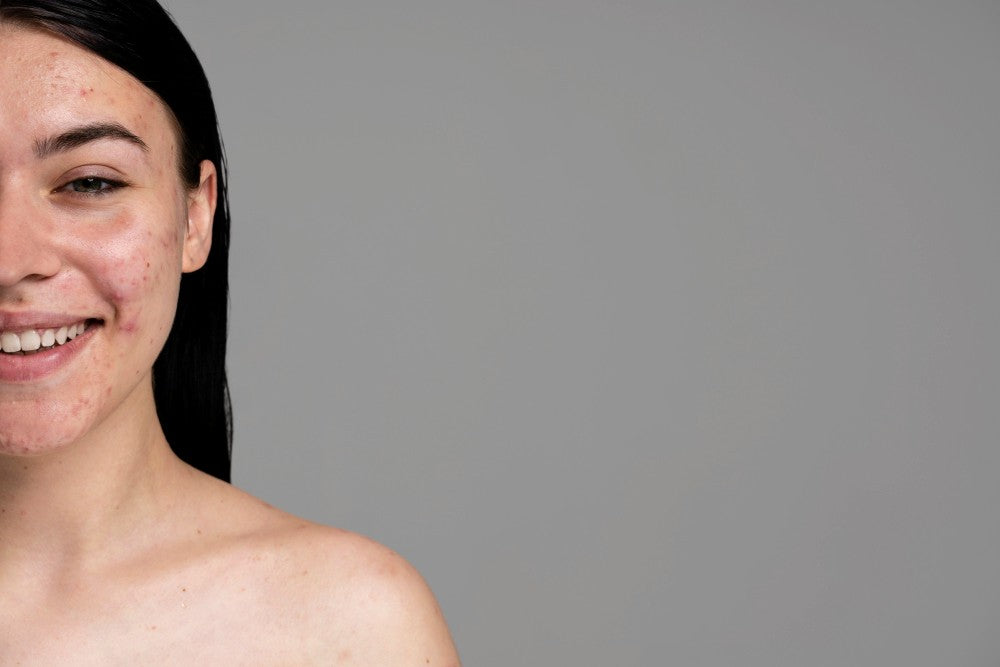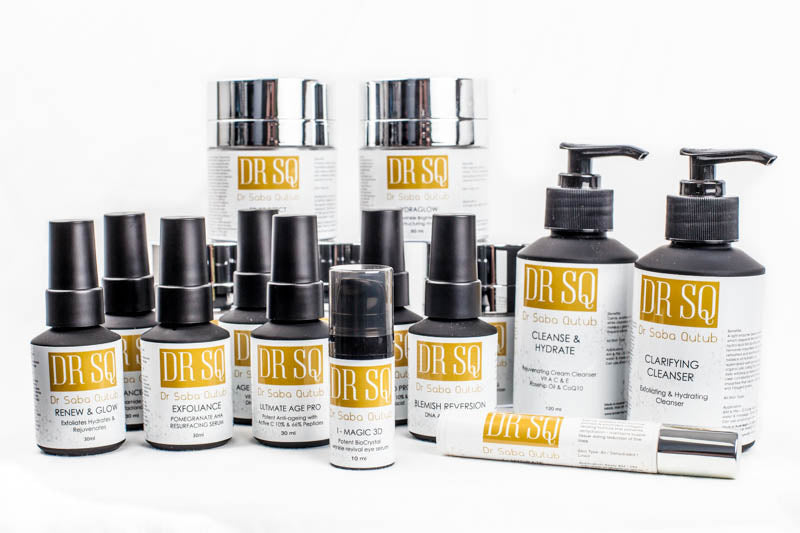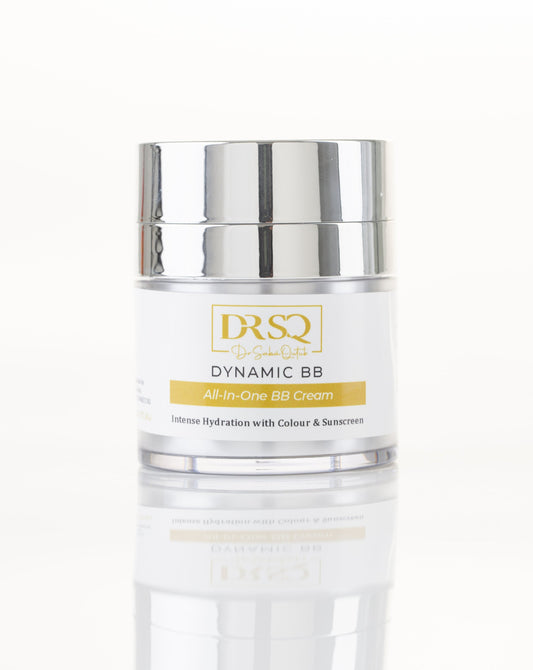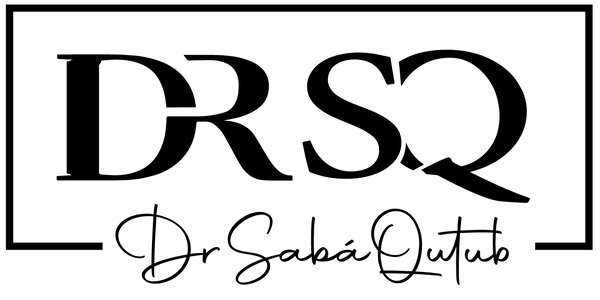What is Sebum and How Does it Affect Acne?

Some people may experience a glossy complexion a few hours after washing their faces. This is due to an oily substance called sebum. The overactive sebaceous glands produce excessive sebum, and that’s what makes their skin look shiny.
Sebum gets blended with the tiny particles in the air, sweat, and dead skin cells and leaves a greasy residue on your skin’s surface. Though it is often misperceived as a proven good substance for your skin, it can cause acne, blemishes, and difficult-to-manage oily skin. In this blog, we will explore what you need to know about sebum and how it triggers acne and acne scars.
What is Sebum
Sebum is an oily substance produced by the sebaceous glands of the skin to protect your skin against bacteria, external aggressors, including ultraviolet rays, and other probable infections. These glands are present all over your body, especially around your hair follicles in the dermis, the second layer of the skin, in large numbers.
Majorly, they appear on your scalp and face, everywhere where the hair follicles exist, except for the soles and palms.
Talking about its composition, sebum is 57% triglycerides, 25% wax monoesters, 13% squalene, 3% cholesterol esters, and 2% cholesterol. It's a natural oil to protect your skin's barrier and increase moisture.
How Does Sebum Help Your Skin
A study reveals that sebum lubricates and protects the skin against friction and provides anti-inflammatory and antioxidant benefits.
Sebum possesses fatty acids and creates an oily thin layer on your skin, which may act as a natural moisturiser that keeps your skin hydrated, plump, and soft. However, scientists are still studying the detailed functions of sebum. It’s lubricating, and without enough sebum, your skin may become very rough, dry, or flaky.
The pH of the sebum is around 4.5 to 6.0, which is ideal to defend against bacteria, fungi, and other microorganisms.
By forming a thin oily layer, it reduces the trans-epidermal loss, and shields your skin from pollutants and bacteria, Staphylococcus aureus. This bacterium is responsible for causing staph infections and atopic dermatitis.
According to some skin experts, sebum may guard you against UVA rays because it contains Squalene.
What Causes Sebum Overproduction
Sebum overproduction happens when your sebaceous glands become hyperactive and produce excessive sebum. Various factors contribute to this overproduction, including internal and external ones.
One of the most significant ones is hormones. You may have seen people in their adolescence experiencing a lot of sebum when they undergo puberty, menstruation, and pregnancy. A few types of hormonal disorders, including testicular and ovarian, can also cause overproduction of sebum.
Then there are environmental factors like intense heat and humidity. People with oily skin tend to produce more oil during summer. Oily skin is passed through genetics, too.
Also, your diet, lifestyle, and medicines contribute to your hormones and sebaceous activity. Refined carbohydrates must be avoided. Birth control pills and hormone replacement therapy might be encouraging your sebaceous glands to produce excess sebum.
What are Sebaceous Filaments
Sebaceous filaments are thread-like outgrowths or projections lining your sebaceous glands, helping the movement of oil from the glands toward your skin’s surface. Sebaceous filaments are healthy elements and not contagious. They can become more remarkable with your skin produces more oil.
People may confuse blackheads with sebaceous filaments because they look similar in appearance. But they not certainly not the same. Blackheads are a type of acne with plugs, while sebaceous filaments are not. They are identified as flattened dark spots, appearing greyish or brownish in colour. We all possess sebaceous filaments.

Sebaceous filaments typically appear around the nose, forehead, and chin, but they’re not limited to just the face. They can also show up on areas like the chest, back, and sometimes even near the breasts.
Does Sebum Cause Acne
Yes, sebum can cause acne. It is one of the primary contributors to acne blemishes. When the sebaceous glands produce a lot of sebum, it gets mixed with the dead skin cells, and sometimes bacteria too, on the skin to clog pores.
When the sebum gets combined with the dead skin cells, it forms a sticky plug that blocks the opening of the hair follicle on the skin. So sebum can be responsible for producing any kind of acne, including blackheads, whiteheads, pustules, etc. People with oily skin may have to deal with enlarged pores more often.
How to Control Sebum Production
Though it is not an easy task to control the levels of your sebum production, it is highly necessary to have a balanced complexion. Too much sebum can make your skin look greasy, dark, and tired all the time. It is not an overnight task and requires consistency and patience to achieve positive results.
The biggest mistake people make is to sleep with their makeup on; this affects the skin and may contribute to the oil production. Make a rule and never sleep with your makeup.
Watch what you eat as diet does have a direct impact on your face. Adopt healthy eating habits, and avoid high-cholesterol-rich foods and carbohydrates. Add green leafy vegetables, fruits, dry fruits, and lots of water in addition to your daily meals.
This may be a temporary solution to maintaining oily skin, but it definitely works. Use a gentle cleanser to get rid of sebum and dirt. Never ignore your mental health conditions. It reflects on your hormones, skin, and overall well-being. Feel good about yourself, your skin.
Skincare Routine to Combat Excessive Sebum
A nutritious diet and healthy, happy hormones can make a difference; you must follow a disciplined skincare routine to get rid of that sticky, greasy substance on your skin.
Step 1: Start washing your face with a gentle cleanser. Clarifying Cleanser from DRSQ is a detoxifying acne wash that comes with lactic acid, glycolic acid, activated charcoal, and tea tree oil to help you get rid of your acne while cleaning your pores thoroughly. It prepares your skin for the upcoming products.

Step 2: Put on Acne Clear serum enriched with vitamin A, vitamin B3, and AHA to restore radiance to your skin while promoting oil-free and acne-free skin simultaneously. With 0.5% retinaldehyde, this serum can target acne and promote the cellular renewal of your skin.

Step 3: Break the myth and moisturise. It’s a common misconception that oily skin doesn’t need a moisturiser. Let that be a myth only. The more you keep your oily skin dry, the more it will produce oil to combat roughness. Choose a lightweight, gel-based product from DRSQ’s range of moisturisers.
Read more: Combat Acne Through an Effective Skincare Routine
Conclusion
Sebum is a natural component secreted by the sebaceous glands, and it is necessary. They help the skin retain moisture and protect it from microbial and fungal infections. But the overproduction might be frustrating as it gives you an oily and greasy appearance all the time. You can take control of your excessive sebum production up to a good extent by opting for healthy lifestyle choices, a good diet, and maintaining a proper skincare routine.
References:
Karen Vanderwolf, Christopher Kyle, Christina Davy, "A review of sebum in mammals in relation to skin diseases, skin function, and the skin microbiome", 2023 Dec
Karan Agrawal a,b, Lauren A Hassoun c, Negar Foolad c, Kamil Borkowski b, Theresa L Pedersen d, Raja K Sivamani c,e, John W Newman, "Effects of Atopic Dermatitis and Gender on Sebum Lipid Mediator and Fatty Acid Profiles", 2018 May
Da Jung Jo, Joo Young Shin, Seong Jin Na, "Evaluation of changes for sebum, skin pore, texture, and redness before and after sleep in oily and nonoily skin", 2022 Oct
In Soon Jung, Sook Jung Yun, Jee-Bum Lee, "The Difference in Sebum Secretion Affecting Development of Acne", 2019 July



